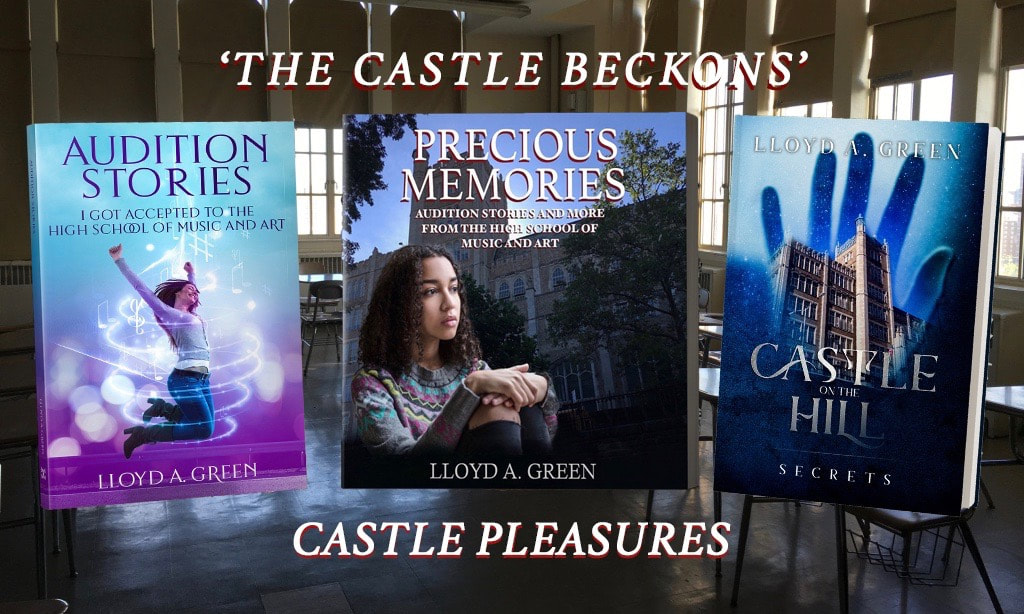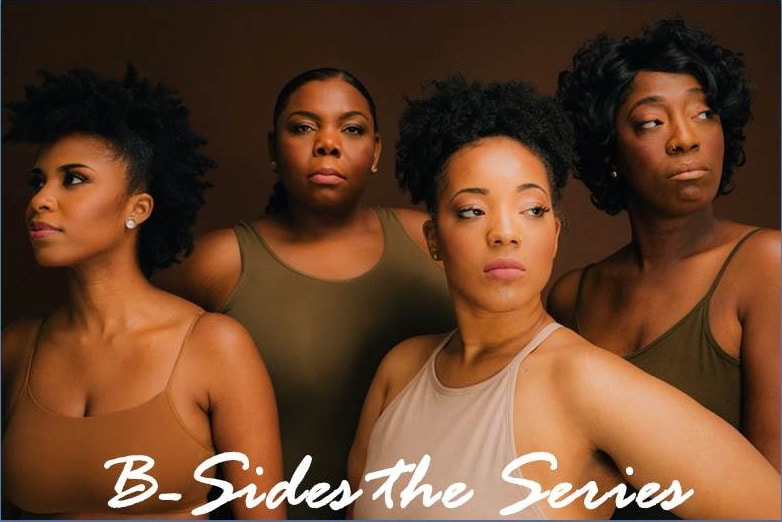|
It's the night of 12/21/19 and all through the house, the ONE UGLY CHRISTMAS party is starting, so don't be a louse.
So come and be merry, partake of the games and if you get drunk and stupid, you only have yourself to blame. Check out the shorter and the extended versions of the party. Merry Christmas!!
The ONE UGLY CHRISTMAS video, the short version. About 7 minutes 49 secs.
The Extended Version, 16 minutes, 17 secs.
Ugly
0 Comments
Beyond The Castle On The Hill will be completed by March 2020 but why did it take me so long? I'm pretty certain that my experience as a writer isn't as just isolated situation and will sound familiar to many others.
Fast forward to late 2016 - I had a great many ideas for the sequel to my Castle on the Hill: Secrets. For example: Adding new twists to the evolving relationships of Phillip, Dora, Ethan and Grace and their new connections with the Castle. Also, what's a marauding group of teenagers who feel they are indestructible have to do with an ominous space station orbiting overhead? After many variations, the working title became Beyond The Castle On The Hill. I began running advertisements for the upcoming book and even picked out potential book covers.
Back on Track
I got more than halfway through my first draft when suddenly I found myself obligated to catching up on other writing projects. I made the difficult decision to shelve Beyond for just a short while. A few months passed and I felt more comfortable with resuming my sci-fi sequel. Unfortunately, every time I sat down to get started, I experienced a severe case of writer's block. I had many ideas but they just weren't jibing with the existing material. The same thing happened every month or so that I attempted to return to this project.
Watch out for the next journal entry.
Check out the previous journal entries for more info on Beyond the Castle on the Hill.
As the ship weathers the busy New Orleans port, Judy schemes to use her psychic abilities to become a powerful spiritual figure. Her plan is to coldly bend others to her will, but everything changes when she unexpectedly falls for and is rejected by a member of the Green family. Dark clouds gather as Judy seeks revenge for her broken heart.
Kindle now
$2.99
The school known as 'The Castle on the Hill' has existed since 1928 with countless stories to be shared. Whether dealing with the touching memoirs of generations of its artist students or the sci-fi rendition of the future of the gothic styled building, the Castle's will draw you into its fold.
*Up to 50% OFF books in The Castle Beckons series.
The Castle
BeckonsKindle Countdown
THE DREAM DILEMMA
by Lloyd A. Green Available at a discounted price through Kindle Countdown at 33% - 66% off regular price - 9/27/19, 8:00 am - 10/4/19, 12:00 am
About The Dream Dilemma: Deidre’s dreams are unnerving nighttime excursions involving her fascinating brother-in-law and her dear sister. Hazy premonitions of dread, force Deidre to make three well-intentioned wishes then her blood suddenly runs cold. She soon realizes that in life’s endless barter, there are debts to be paid.
Available at Amazon.com
Imagine a website where you could easily find photographs and other memories from the long history of Stephen Foster Houses/MLK Towers. The flood of possible pleasant memories is boundless and they can be shared by friends and family or leisurely viewed as you would a precious photo album. This is my goal in constructing the new website: Foster Projects/MLK Towers Memories.
Requesting
Presently, I'm requesting photos that were taken from the 1950s - 2000s. The photos that you contribute would only appear on the site after you have given your permission for them to be used. Only send photos that you have the rights to, meaning a photograph that belongs to you or you have taken. Pictures would be used in conjunction with other historical information as I have done with my previous blog entries at Remembering Stephen Foster Projects (https://endlessperceptions.com/remembering-the-towers.html). Under each photo will always appear your name as the owner or photographer. Only positive outlooks will be presented, which all of us will be proud to share and endlessly reminisce about.
Below is an example of a photo very dear to me. It was taken in 1973, by my late brother, from the living room of apartment 2J. The southern side of 70 Lenox is facing 112th Street in the distance. It's impossible not to see the extensive reconstruction that has taken place in the "Little Park" from then to now. And BTW, that's me with my afro with my foot proudly placed on the bench. For Foster
You can place your photographs on Facebook (with your permission to use them) or you can forward them to me directly at [email protected]. If you have any questions, please contact me at this same address. With your help, we will make a special place for our memories. Hope to hear from you soon.
Check out the Audition Series through the Alumni & Friends (alumniandfriends.org) website and their Facebook site (https://www.facebook.com/AlumniandFriends).
Alumni & Friends
Regardless of the year, every student had to go through THE AUDITION in order to be accepted. These are the stories from alumni who experienced the anxiety of being tested and soon found that that glorious feeling of getting-in was only the beginning.
The Kindle edition of 'Reflections of EL' will be available for FREE on
Sunday, April 28 & Monday, April 29th. Free Edition
After opening a locked box, not-so-cool Dyllon unleashes the seven deadly sins and is swayed by darker emotions. Join Dyllon on his quest to understand life, love and the demons that persistently haunt him in this coming of age fictionalized autobiography.
Free Edition
Welcome to my YouTube channel! It's filled with book trailers, movie reviews, a little bit of randomness and lots of humor from my family and friends!
Check out my channel and subscribe at: https://www.youtube.com/channel/UCrACyI2fB2QYDl-XPC94fSA Please don't forget to comment, like, share, and subscribe (and if you tell your friends about me, even better)! Thanks for watching! On Youtube
"They've perfected their facades...but the truth has a way of coming out..."
B-Sides; A digital series centered around the friendship of four women navigating public triumph & private pain; but when the illusions begin to dissolve, each woman grapples with what remains.
B-Sides
Check out the drama. Join the fun!
|


















